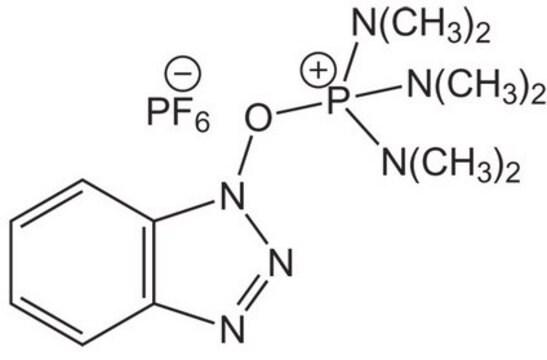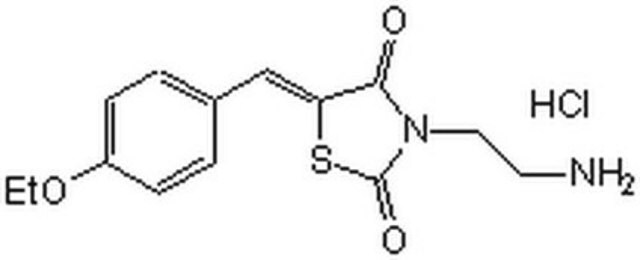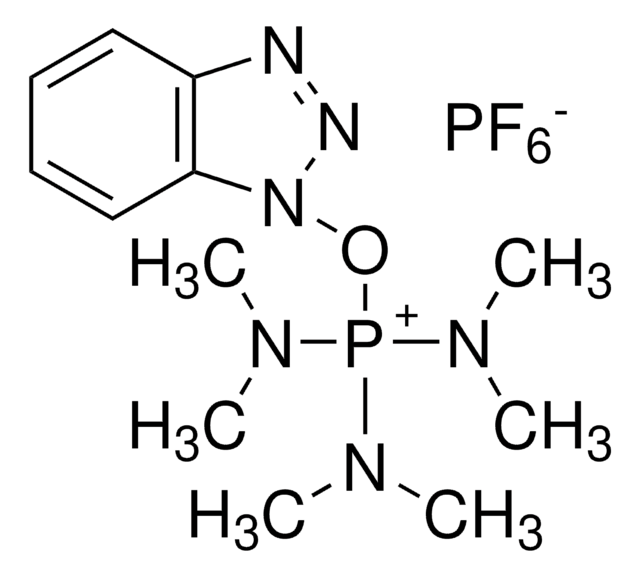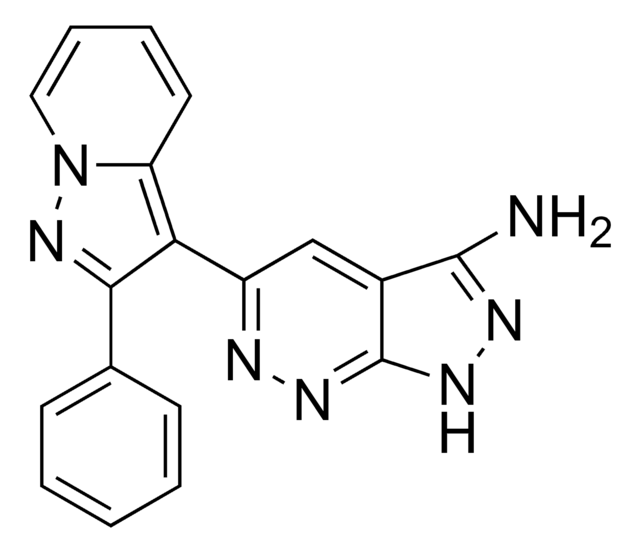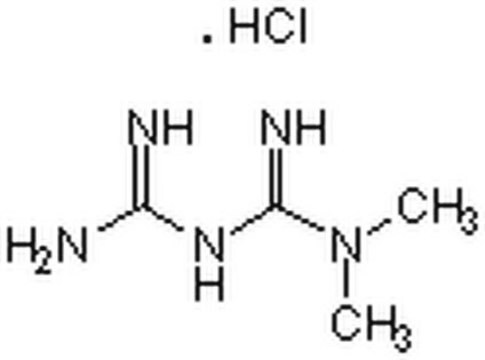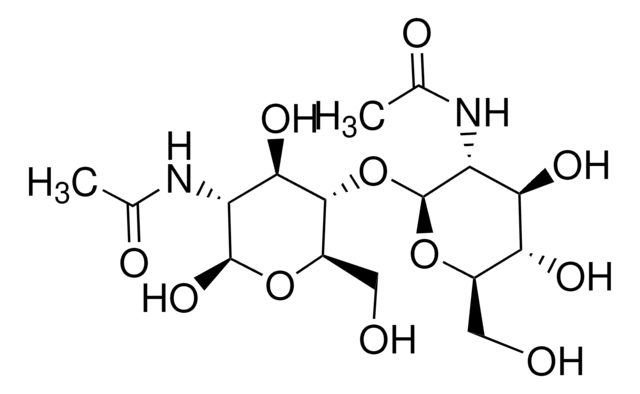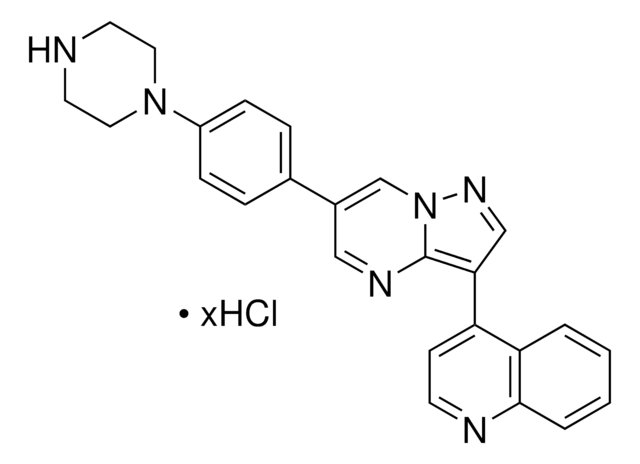SML1994
BOP
>97% (HPLC)
Synonym(s):
N-(Benzenesulfonyl)-L-prolyl-L-O-(1-pyrrolidinylcarbonyl)tyrosine sodium salt
Sign Into View Organizational & Contract Pricing
All Photos(1)
About This Item
Empirical Formula (Hill Notation):
C25H28N3NaO7S
CAS Number:
Molecular Weight:
537.56
UNSPSC Code:
12352200
NACRES:
NA.77
Recommended Products
Assay
>97% (HPLC)
form
powder
storage condition
desiccated
color
white to beige
solubility
H2O: 2 mg/mL, clear (warmed)
storage temp.
2-8°C
Biochem/physiol Actions
BOP (N-(Benzenesulfonyl)-L-prolyl-L-O-(1-pyrrolidinylcarbonyl)tyrosine sodium salt) is a potent and selective dual inhibitor of integrins alpha-4 beta-1 (α4β1) and alpha-9 beta-1 (α9β1) with Kd values in the picomolar range. BOP has been shown to preferentially mobilize hematopoietic stem cells (HSCs) and progenitors and to act synergistically with AMD3100.
Storage Class Code
11 - Combustible Solids
WGK
WGK 3
Flash Point(F)
Not applicable
Flash Point(C)
Not applicable
Choose from one of the most recent versions:
Certificates of Analysis (COA)
Lot/Batch Number
Sorry, we don't have COAs for this product available online at this time.
If you need assistance, please contact Customer Support.
Already Own This Product?
Find documentation for the products that you have recently purchased in the Document Library.
R Blake Pepinsky et al.
Biochemistry, 41(22), 7125-7141 (2002-05-30)
Integrins alpha9beta1 and alpha4beta1 form a distinct structural class, but while alpha4beta1 has been subjected to extensive study, alpha9beta1 remains poorly characterized. We have used the small molecule N-(benzenesulfonyl)-(L)-prolyl-(L)-O-(1-pyrrolidinylcarbonyl)tyrosine (3) to investigate the biochemical properties of alpha9beta1 and directly compare
Benjamin Cao et al.
Nature communications, 7, 11007-11007 (2016-03-16)
The inherent disadvantages of using granulocyte colony-stimulating factor (G-CSF) for hematopoietic stem cell (HSC) mobilization have driven efforts to identify alternate strategies based on single doses of small molecules. Here, we show targeting α9β1/α4β1 integrins with a single dose of
Our team of scientists has experience in all areas of research including Life Science, Material Science, Chemical Synthesis, Chromatography, Analytical and many others.
Contact Technical Service